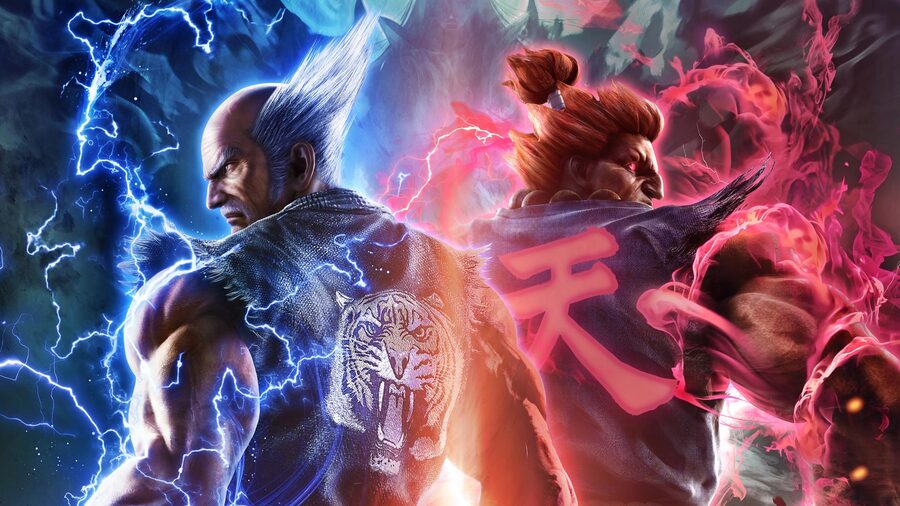
Tekken 7 launched back in June, successfully putting the series back on the fighting game map. The highly rated sequel has sold well and it's been a hit with the hardcore community, but what's the plan for Tekken 7 moving forward? We got the opportunity to ask series creative director Katsuhiro Harada this very question. We also talked to the Tekken boss about the game's development, and downloadable content.
You can find our full interview below.
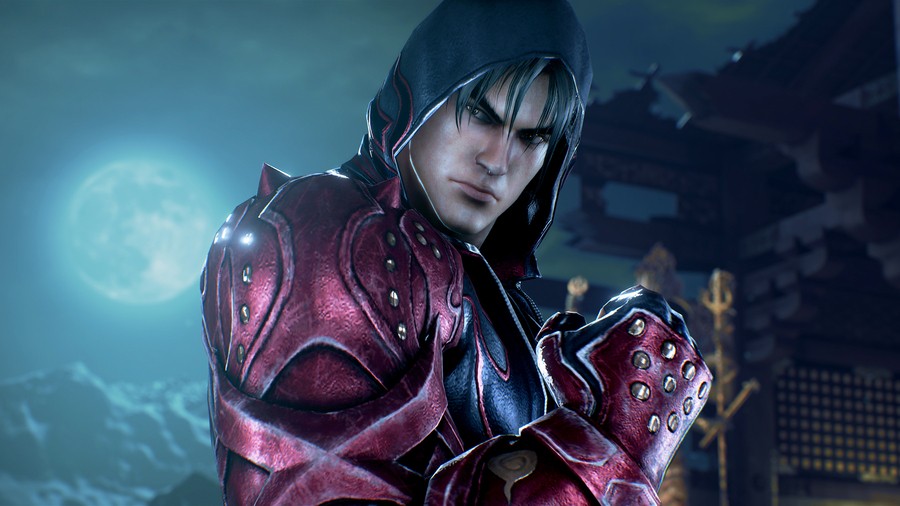
Push Square: Firstly, thanks for taking the time to answer our questions, Harada-san. We'd like to start by talking about Tekken 7, which recently released worldwide on consoles and PC. After being available for so long in arcades, what was it like seeing the game get picked up by so many people? Were you nervous at all about how the game might be received by a much wider audience?
Katsuhiro Harada: I wasn’t really worried as Tekken has always been on the cycle of arcade to console. Each time we would release a new instalment of Tekken, it does well selling several million copies so there is not much worry there. This is the first number instalment in quite a few years but the market push behind it was quite big so I was pretty confident.
One thing that has changed is the interaction with fans. Instead of having our games played in the arcade and interacting with the players asking questions, there is also now feedback from the internet via different social media platforms. It’s no longer interaction just between fans and the developers but fan discussions from the different communities and countries. Trying to understand exactly what the overall player base wants has become more difficult as you have different groups saying different things. It’s hard to tell which one is the more popular opinion since we get much more visibility on the community now via social media. That aspect is a bit more difficult.
Speaking of wider audiences, Tekken 7 is a little more accessible than previous entries in the series thanks to the new rage system and other smaller tweaks. How important do you think it is to capture the attention of more casual gamers with a game like Tekken 7?
Well the new elements that you mentioned were done intentionally not just to bring in a new audience but more accurately a younger one. The Tekken series is very long running so when you get a group that has entered at one point they get older so you want to get a new younger fan base to keep the series healthy.
When you look at this new player base, a lot of them are watching and streaming a lot of games and tournaments. To try and go after these people watching the streams, we made the game easier to understand by adding in “Rage Arts”. They give you a visual cue of when the tide in the battle is turning so that viewers can feel the same excitements as the player. Also the super slow motion occurs when players are low on health and they trade blows towards the end of a match. These things where designed to make it more entertaining to watch and thus appeal to that new group.
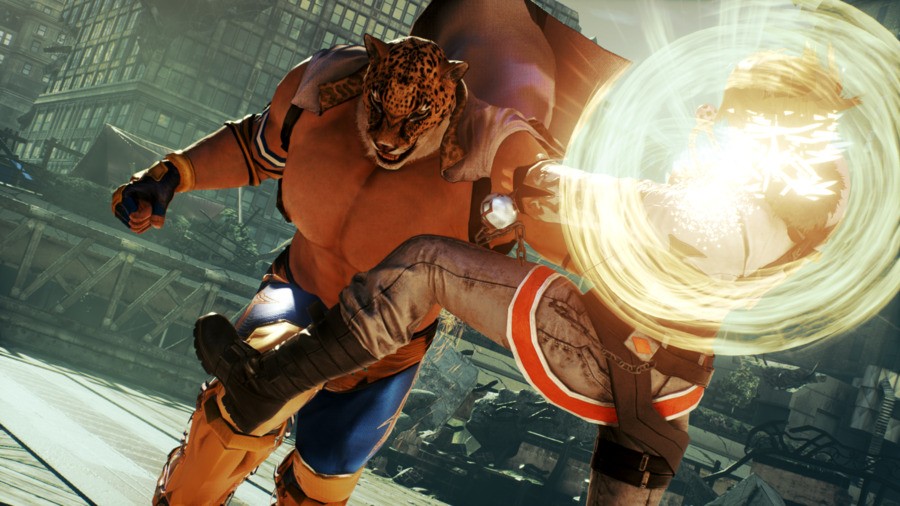
Tekken 7 has proven to be popular with the hardcore fighting game community. How difficult is it to balance a game like Tekken 7 so that veteran fighting game players are satisfied with the depth of its gameplay?
Tekken has been developed first in the arcade for quite some time. If you look at the arcade market it’s mainly just in the eastern hemisphere. Arcade players are mainly veteran hardcore fighting game players. For Tekken 7 we released the game in the arcades first and got a lot of feedback before the console release. The hardcore players are very vocal stating what they like about the characters, the way the characters play and different elements of the game.
The most difficult aspect is trying to figure out what the casual players want from the game. They are the ones who aren’t that vocal so it’s much more difficult than pleasing the hardcore fans as you have to figure out what the casual crowd is going for.
The story mode is obviously a big focus of Tekken 7. How long did it take to create, and would you like to make something similar for the next Tekken game?
We started development on the story mode after Tekken 7 Fated Retribution released in the arcade. That would make it about a year which for a fighting game is quite a long time as they are usually not so long in development. That being said, that was still not enough time. There were still a lot of things that we wanted to do but couldn’t due to time constraints although a lot of time and money was devoted to that particular mode.
Tekken has a fan base that looks forward to the story based elements or past modes so it’s something we would like to continue to explore with future iterations of the game. With games like Call of Duty, you have a group of players that don’t play the online versus, they just play through the campaign because they want to see the story from that particular instalment. This is similar to Tekken. We would like to make a comprehensive story mode which casual people would pick up the game to play through to find out what happens.
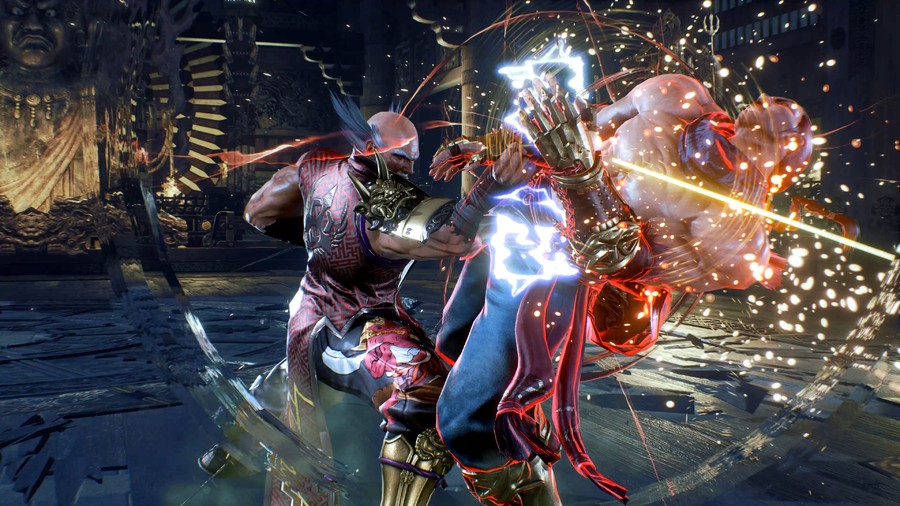
The slow motion in Tekken 7 can make even casual matches incredibly entertaining to watch. How did you and the development team first come up with the idea to add slow motion to Tekken 7?
This is something that I originally wanted to implement for Tekken 5. The idea was from watching a boxing match. In real time it’s hard to see what’s going on but when you slow the cameras, you can see all the fine details and strategy involved which is interesting.
In the Super bowl, I learnt that it actually was not live and approximately 5 seconds behind. This is so they can cut out words if they need to edit on the fly. This was an interesting idea and I decided to apply that to the game. You can’t foresee what’s going to happen in real time in particular sports or action. With a game you can use a computer to foresee what’s going to happen if you know that a characters attack is going to connect. You can have the program foresee this and slow the game down in this occurrence. This all came from those ideas from live broadcasting that could be implemented because it’s a game.
The character customisation options in Tekken 7 are really in-depth, and there are some crazy outfits and items that you can equip. How do you and the development team come up with so many weird ideas for customising characters?
The customisation itself started with Tekken 5 where the designer put in these comical items just as a joke. They turned out to be very popular. A lot of players were buying items with the in game fight money and equipping them to characters. Seeing this popularity we decided it was obvious to make more of these sorts of customisations.
As Tekken sells worldwide, we have to be cautious with the customisations as some items may be deemed offensive to a certain group or country. An example was that one of the face paints of a Japanese festival was something that ended up being offensive to a certain group. With more joke and comical items, these tend to be a lot safer with less risk of offending a country or culture. That’s one reason why it’s much easier to do these kind of items.
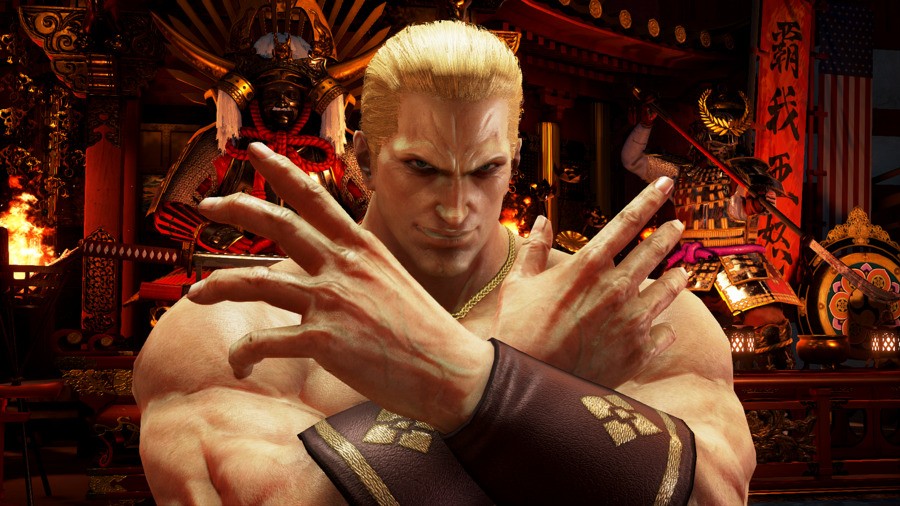
We're sure you've been asked this question a lot of times already, but are there any DLC or update plans for Tekken 7 outside of the season pass? We see people asking for returning characters like Lei Wulong, new costumes, and new game modes all the time. We'd also like to take this opportunity to say that we really love Armor King -- just saying!
It’s difficult to say. Originally I was quite against paid DLC during the Tekken Tag 2 era so I made it free but it does take a lot of money to develop characters, content and make fixes to the game. Support is typically ended 2-3 months after release. Having a season pass would allow new characters to be provided and continue support of the game making fixes and balance changes for at least a year post launch. This is something we were able to get the company to agree with. I feel the season pass is necessary as it costs so much money and time to develop new content. It’s difficult for companies to release new characters for free after launch.
That being said, I understand that people want to see returning characters implemented to the game but it is not so simple. If you just made all of the same characters from the past instalments you are going to have people who say, 'there is nothing new, give me new characters'. If you then take all the characters you’ve ever made and then put them in one game with the addition of new characters, it will be too much. For Tekken Tag 2 this was a problem that occurred.
If you have a game which only has 5 characters, it won’t be difficult to learn because you only have to learn to fight against only five characters. What about a game with 50 characters?
Many different players say that they want to see returning characters but also want the game to be accessible. This is not a simple problem and we struggle to figure the optimal number of characters for a fighting game to keep it accessible. There is also the issue of what to do with characters that didn’t return and how DLC should be handled. It is still something I struggle with.
You've been one of the bigger PlayStation VR supporters with Tekken 7's bonus modes and Summer Lesson. What is it that excites you most about virtual reality, and do you plan to continue supporting the technology with future projects?
VR was something that interested me from the start because it’s a totally different experience for the player. The player has full control over the camera meaning it could change the way games are developed. The player could look anywhere so you don’t know what they might see. There could be a glitch or see something that was not intended. For future projects, I will wait for the evolution of the hardware because a lot of the software is reliant on the hardware to push the boundaries. This could help with players having an all-round better and more comfortable experience.
This evolution combined with advances in AI will make a huge difference in character based games. VR at the moment is just starting out so once we see more loops in the hardware, it could really open up what we could do with the software.
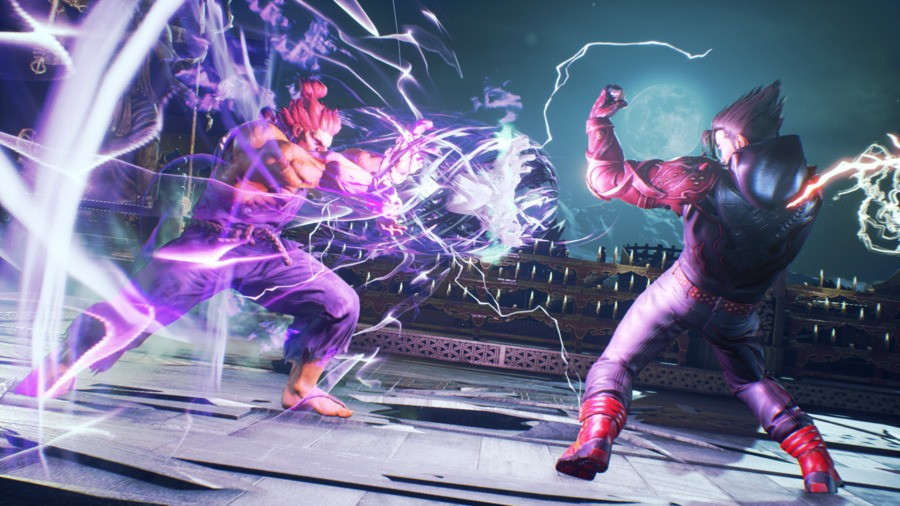
Lastly, we'd love to ask about the future of Tekken. What direction do you see Tekken going in? Is there anything in particular that you want to accomplish with the series going forward?
It’s hard to say because we can’t reveal our plans for the future of the franchise. A few things that can be said is from the release of Tekken 7, we gained a lot of hints from the addition of rage arts and the super slow-motion camera which changed the way people enjoyed playing and spectating. There’s still a lot we can do to make the game more enjoyable for people who are watching on stream, the streamers themselves and from an eSports level.
We have the tournament mode implemented in the game but perhaps we could advance those feature to change the experience. Online play too is something we look to make a more enjoyable experience. We could add different ways to play. For example, in Japan a popular tournament format is three-on-three and five-on-five. We could give these options to the players to compete against each other.
There are a lot of different hints that we have gained from people’s reactions playing Tekken and feel there is a lot of stuff we still can do before delving into a huge new project. There is still a lot to be done. That’s the only bit we can touch on publicly.
Doing all these features cost a lot of money so another key part is probably to look for a working partner to make things happen more efficiently.
Have you been enjoying Tekken 7? What would you like to see from the series going forward? Don't hesitate to wear some sunglasses in the comments section below.
[ Huge thanks to Katsuhiro Harada and the team at Bandai Namco for taking the time to answer our questions. Special thanks to Ruby Rumjen for making this interview possible ]





Comments 3
Great interview! Always awesome to hear from Harada-san!
Great on you guys to get an interview with Harada, and a good one too!
Nice interview. I agree the slow motion and rage arts are a nice addition to the game. Customisation is great as well.
For story mode I think maybe they ought to consider a writer from outside the company as it's not one of their strengths.
Tap here to load 3 comments
Leave A Comment
Hold on there, you need to login to post a comment...